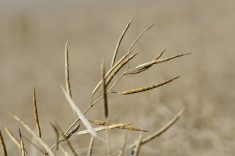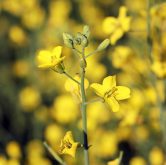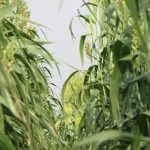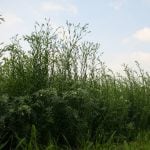The Canola Council of Canada’s latest Canola Watch says the insect watch has entered a critical phase. There has been spraying for lygus, bertha armyworm and diamondback moth larvae in some regions.
Highlights:
• Blackleg is widespread in southern Manitoba.
• Alternaria is showing up in B. juncea canola.
• Light stands encourage some growers to consider straight combining, but it has its own risks when plants whip against each other in the wind. The CCC has a factsheet on straight combining.
Read Also
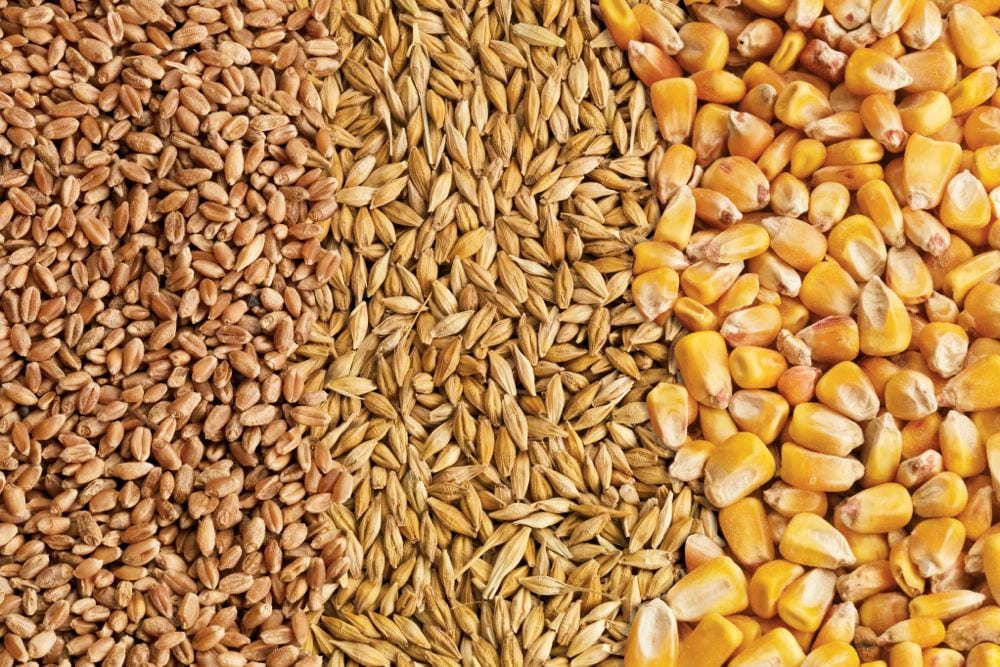
Feed Grains Weekly: Price likely to keep stepping back
As the harvest in southern Alberta presses on, a broker said that is one of the factors pulling feed prices lower in the region. Darcy Haley, vice-president of Ag Value Brokers in Lethbridge, added that lower cattle numbers in feedlots, plentiful amounts of grass for cattle to graze and a lacklustre export market also weighed on feed prices.
• When spraying out a canola field, consider adding a broadleaf control component to the glyphosate application — even if the field is not an RR variety. This will control all canola, regardless of the system.
• Diamondback moth larvae scouting and spraying continues this week. Action threshold at the podding stage is 20 to 30 larvae per 1/10 of a square metre — or roughly one square foot.
• Lygus bug numbers are at thresholds in parts of the Peace and rising in Manitoba’s northwest.
• Bertha armyworm numbers are nearing threshold in the La Crete area of the Peace, around Regina and Moose Jaw. Continue to scout as the area affected is likely larger than original reports indicate.
For the full report click here.





